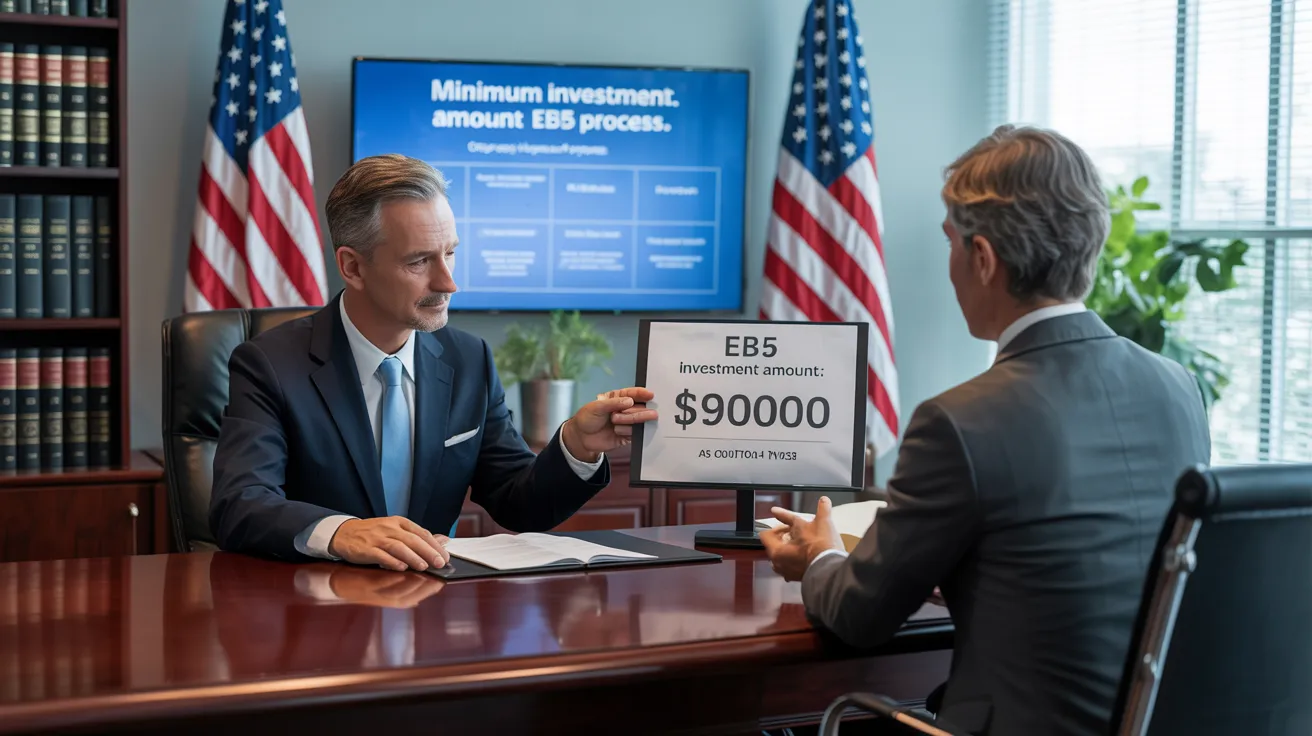L1 Visa for Investors
Wiki Article
5 Easy Facts About L1 Visa Described
Table of ContentsL1 Visa Fundamentals ExplainedSome Known Facts About L1 Visa.Some Known Details About L1 Visa The Greatest Guide To L1 VisaWhat Does L1 Visa Do?Some Known Factual Statements About L1 Visa
Available from ProQuest Dissertations & Theses International; Social Science Costs Collection. DHS Office of the Inspector General. Recovered 2023-03-26.
U.S. Department of State. Retrieved 2023-02-08. Tamen, Joan Fleischer (August 10, 2013).
Unknown Facts About L1 Visa
In order to be qualified for the L-1 visa, the foreign firm abroad where the Beneficiary was used and the U.S. firm should have a certifying connection at the time of the transfer. The various kinds of certifying connections are: 1. Parent-Subsidiary: The Moms and dad means a company, corporation, or other legal entity which has subsidiaries that it owns and regulates."Subsidiary" implies a firm, firm, or other legal entity of which a parent has, straight or indirectly, more than 50% of the entity, OR has much less than 50% yet has monitoring control of the entity.
Business A possesses 100% of the shares of Business B.Company A is the Moms And Dad and Firm B is a subsidiary. There is a certifying connection between the two business and Business B ought to be able to sponsor the Beneficiary.
Company A has 40% of Company B. The remaining 60% is owned and regulated by Business C, which has no relationship to Business A.Since Business A and B do not have a parent-subsidiary partnership, Company A can not fund the Beneficiary for L-1.
Example 3: Firm A is incorporated in the U.S. and intends to seek the Beneficiary. Firm B is incorporated in Indonesia and utilizes the Beneficiary. Company A possesses 40% of Business B. The staying 60% is had by Firm C, which has no relation to Company A. Nevertheless, Business A, by official agreement, controls and complete handles Business B.Since Business An owns much less than 50% of Company B however handles and regulates the business, there is a certifying parent-subsidiary connection and Company A can fund the Beneficiary for L-1.
The Only Guide for L1 Visa
Affiliate: An affiliate is 1 of 2 subsidiaries thar are both had and managed by the exact same moms and dad or person, or had and regulated by the same group of individuals, in primarily the same proportions. a. Example 1: Firm A is incorporated in Ghana and uses the Recipient. Firm B is included in the U.S.Company C, additionally integrated in Ghana, owns 100% of Company A and 100% of Business B.Therefore, Company A and Business B are "associates" or sister firms and a qualifying relationship exists between the two firms. Firm B must be able to fund the Beneficiary. b. Example 2: Firm A L1 Visa requirements is included in the united state
Firm A is 60% had by Mrs. Smith, 20% had by Mr. Doe, and 20% had by Ms. Brown. Business B is included in Colombia and presently employs the Recipient. Business B is 65% possessed by Mrs. Smith, 15% owned by Mr. Doe, and 20% had by Ms. Brown. Business A and Business B are affiliates and have a certifying connection in two various ways: Mrs.
The L-1 visa is an employment-based visa category established by Congress in 1970, enabling international companies to transfer their managers, executives, or essential workers to their united state procedures. It is generally referred to as the intracompany transferee visa. There are 2 major sorts of L-1 visas: L-1A and L-1B. These kinds appropriate for workers worked with in different settings within a business.

In addition, the recipient needs to have worked in a managerial, exec, or specialized employee position for one year within the three years preceding the L-1A application in the foreign business. For new workplace applications, international work needs to have been in a managerial or executive capacity if the recipient is coming to the USA to function as a manager or exec.
L1 Visa for Beginners

If approved for an U.S. business operational for greater than one year, the preliminary L-1B visa is for up to three years and can be extended for an added 2 years (L1 Visa). Alternatively, if the united state company is newly developed or has been functional for less than one year, the first L-1B visa is issued for one year, with extensions available in two-year increments
The L-1 visa is an employment-based visa category established by Congress in 1970, permitting multinational firms to move their managers, executives, or key employees to their U.S. procedures. It is frequently described L1 Visa law firm as the intracompany transferee visa. There are 2 primary kinds of L-1 visas: L-1A and L-1B. These kinds are appropriate for staff members hired in different positions within a company.
The smart Trick of L1 Visa That Nobody is Discussing
Furthermore, the recipient should have worked in a supervisory, executive, or specialized staff member position for one year within the three years coming before the L-1A application in the international firm. For brand-new office applications, foreign work needs to have remained in a managerial or executive ability if the recipient is concerning the USA to function as a manager or executive.for as much as seven years to look after the operations of the united state associate as an executive or supervisor. If provided for a united state business contact us that has been operational for greater than one year, the L-1A visa is originally given for approximately 3 years and can be extended in two-year increments.
If provided for a united state firm functional for greater than one year, the first L-1B visa is for up to three years and can be expanded for an additional two years. Conversely, if the united state company is recently developed or has been functional for less than one year, the preliminary L-1B visa is provided for one year, with extensions available in two-year increments.
Report this wiki page